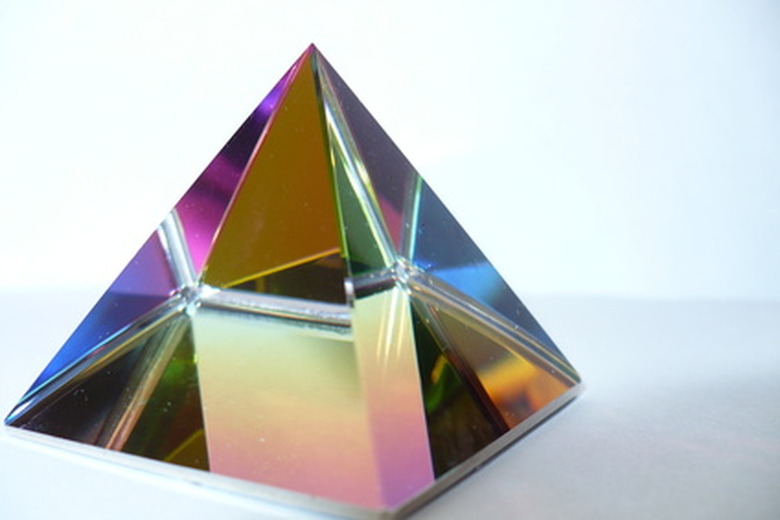The History Of Spectrophotometry
A spectrophotometer is an instrument that compares the intensity of light from a regulated or standard source with that of the intensity of wavelengths in a particular spectrum of light. In other words, it is a device to measure the brightness of various portions of a spectra. Spectrophotometry is the study of the spectra, this study is built upon the belief that each chemical element has its own spectrum.
Invention
Invention
The spectrophotometer was invented in 1940, by Arnold J. Beckman and his colleagues at National Technologies Laboratories, the company Beckman had started in 1935. They were led by project leader Howard H. Cary. The spectrophotometer was the company's greatest discovery.
Accuracy
Accuracy
Before 1940, the chemical analysis process was a long venture taking weeks to complete with only 25 percent accuracy according to the MIT's "Inventor of the Week" archive. In 1940, when the Beckman DU Spectrophotometer was introduced, it simplified the process greatly, requiring only a few minutes for analysis. According to the same source, this test offered 99.99 percent accuracy on the analysis . This instrument set the standard in chemical analysis.
Design
Design
In the beginning there were performance issues with the spectrophotometer. These problems led to changes in design. The model B spectrophotometer used a quartz prism instead of a glass prism this improved the UV capabilities of the device. Model C soon followed with changes that raised wavelength resolution in the UV and three subsequent Model C spectrophotometers were made. In 1941 the Model D, also known as the Model DU, was produced with a hydrogen lamp and other improvements. This design remained essentially unchanged from 1941 to 1976 when it was discontinued.
Popularity
Popularity
By the time production on the Model DU was halted in 1976, over 30,000 DU and DU-2 models had been sold. This instrument was used in clinics, industrial laboratories and in chemistry and biochemistry. Bruce Merrifield, a Nobel laureate and author was quoted as saying that the spectrophotometer was "probably the most important instrument ever developed towards the advancement of bioscience."
Modern Advances
Modern Advances
In 1981 Cecil Instruments produced a spectrophotometer that was microprocessor controlled. This automated the device and improved the speed. This spectrophotometer was more reliable than others made in this era. From 1984 to 1985, development was made in double beam versions of the instrument which developed into the Series 4000 model. With the 1990s came the addition of external software that provided PC control and onscreen displays of the spectra. Today, the development of the spectrophotometer continues and its applications range from science and medicine to crime scene investigation and law enforcement.
Cite This Article
MLA
P, Christy. "The History Of Spectrophotometry" sciencing.com, https://www.sciencing.com/history-spectrophotometry-6595173/. 24 April 2017.
APA
P, Christy. (2017, April 24). The History Of Spectrophotometry. sciencing.com. Retrieved from https://www.sciencing.com/history-spectrophotometry-6595173/
Chicago
P, Christy. The History Of Spectrophotometry last modified August 30, 2022. https://www.sciencing.com/history-spectrophotometry-6595173/
